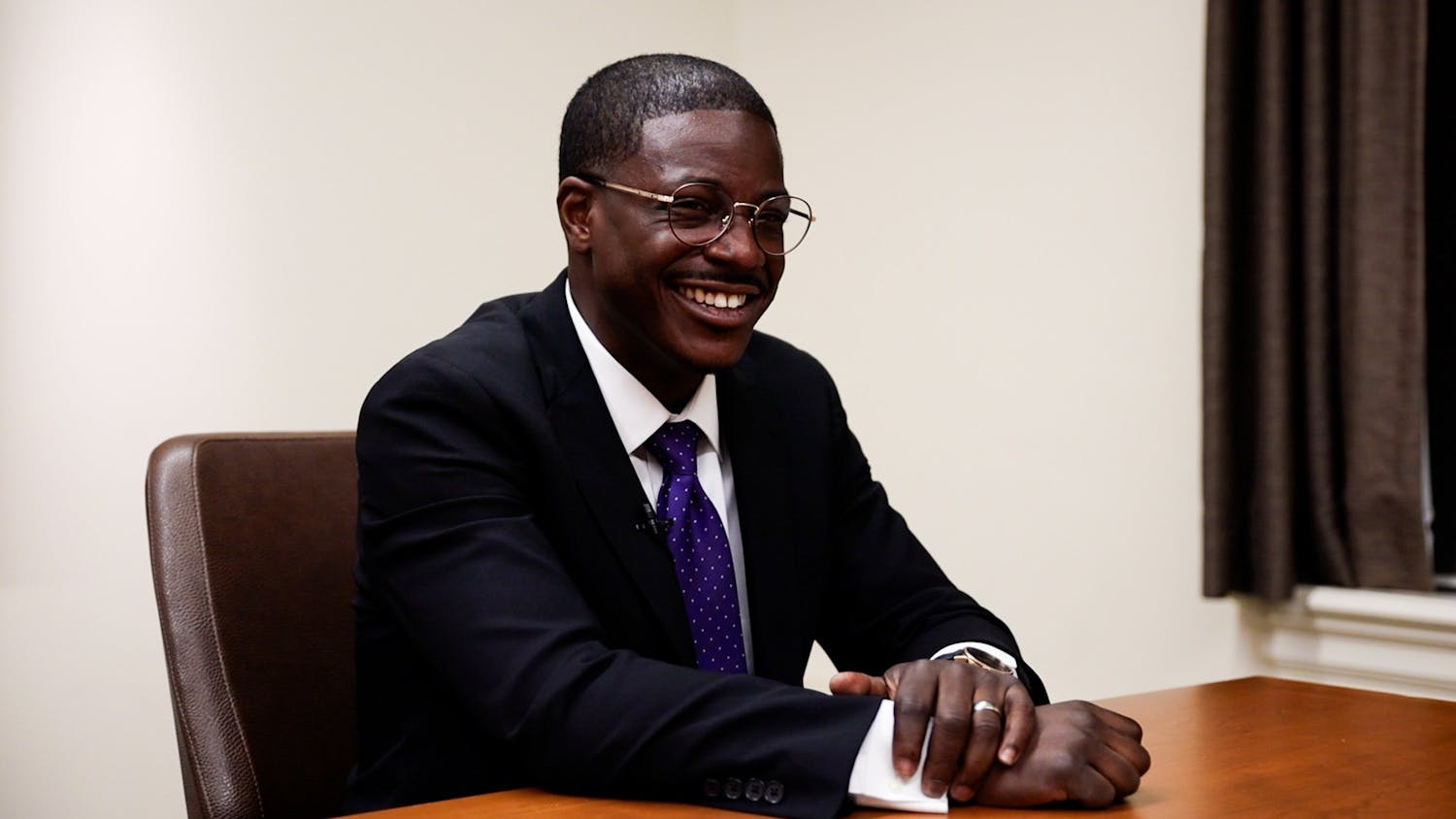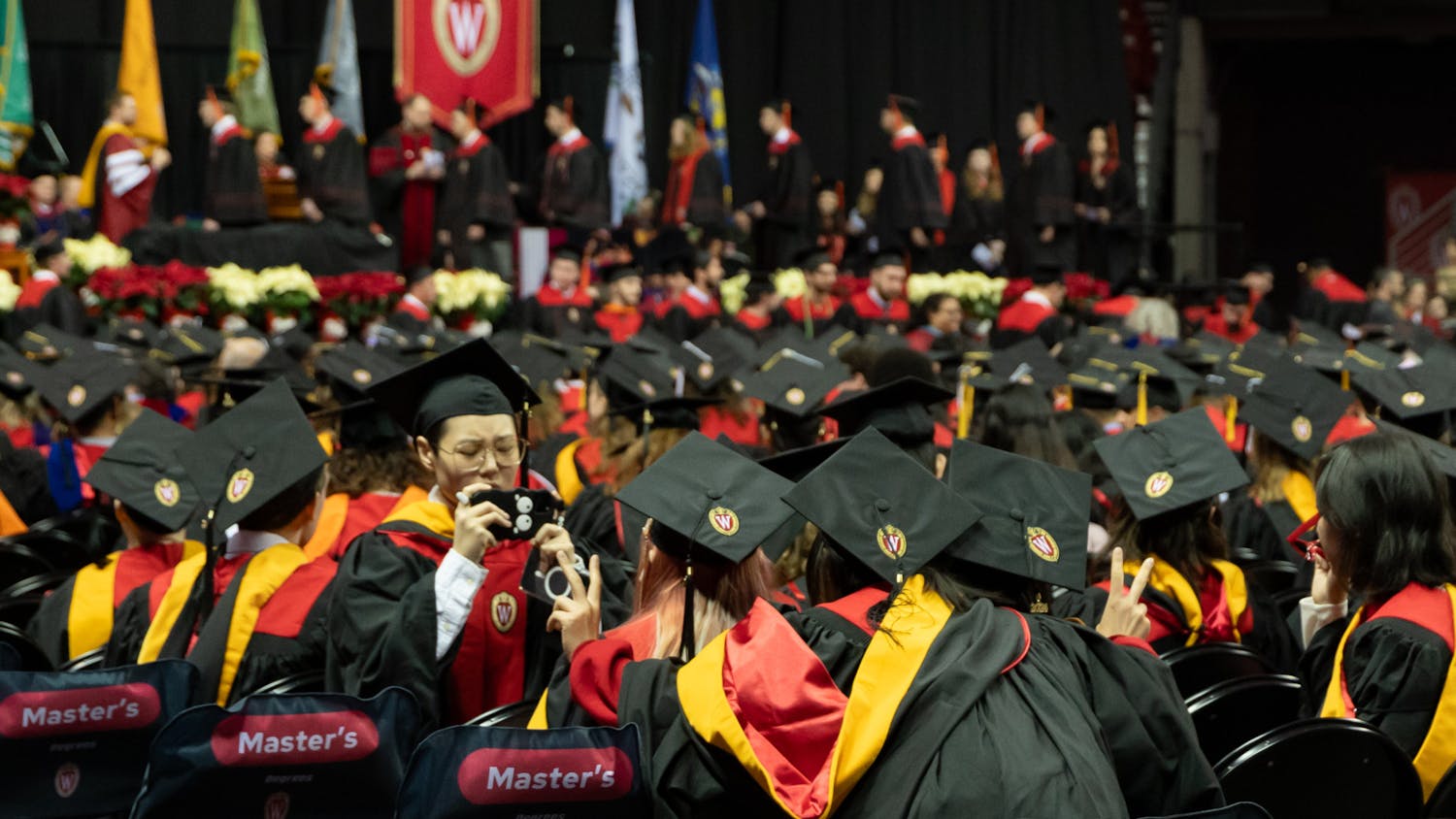In case you've been living under a rock, Wednesday is Valentine's Day. People I know tend to have widely varying views of Valentine's Day that are rather correlated to their relationship status: Those with a partner enjoy the chance to celebrate their affection, while those without often curse all of the couples around them.
Traditionally, science and love don't mix well. Popular culture doesn't want men in lab coats studying standard mating rituals from behind one-way mirrors (""Observe how the subject calls her prospective mate unsuccessfully three times and then swears off men and purchases a vibrator.""), and scientists have, in the past, had better things to do, such as invent the wheel, fire and various other important things.
That is, until some economists were bored and decided to apply a mix of game theory and simple supply-and-demand ideas to the ""love decision.""
The results are interesting and rather controversial, a common theme throughout this branch of behavioral economics. For example, if you assume that all women and all men are basically equivalent, it is easy to derive a society in which polygamous relationships are the norm and actually advantageous to those who share a spouse. Add a level of complexity, and we suddenly arrive at some of the polygamous societies we see: Some men have multiple wives, while others have none.
You're probably asking, ""But what about me? I don't (usually) enter into polyandrous relationships!"" Fantasies and frat party hookups aside, the economists have a model for monogamous relationships as well. Of course, the model requires that you can not only assign a numerical value for the benefit you gain from marrying a particular person, but that you can also pin down the value of ""Mate Zero,"" a wonderfully entertaining mathematical euphemism for remaining single.
This model, while certainly effective, has issues in the real world. Say I really don't like a particular woman who believes that I am her perfect match. Do we allow her to transfer some of her marriage benefit to me? And if so, what exactly does that MEAN? What happens if a match is made that isn't ideal? How do we represent the costs of divorce and finding another mate? Not to mention that most people don't sit around deep in thought and construct lists of benefits they would receive from different partners.
One of the strongest results from this matching model is also the most intuitive. The more searching you do, the more likely you are to not only determine who your best match is, but also to obtain that ideal match.
Persistence, at least in some circumstances, pays off.
As for the rest of the model? Some of it, at least in my mind, is wishful thinking. It's one thing to rank your choices internally. It's another to algorithmically propose to person after person according to the whims of a man in a turtleneck sweater. A computer may be of assistance, but we certainly won't convince any large portion of the population to rank their choices of spouse and submit their information to a central computer for matching.
This idea of a matching model, however, works surprisingly well in other areas, such as matching medical students to hospitals for internships. Other examples include temporary staffing agencies, wedding location selections and certain forms of voting.
Eventually, the economists might actually develop a model we can use to better our search for a spouse. Until that happens, we will all continue our own personal search for affection in a different way (""Observe the subject's pure, unadulterated affection for Woman Zero."") and we will make the love decision at our own pace. As for me? I'll be in my bunk.
Keaton Miller is a junior majoring in math and economics. If you understood the ""popular"" culture reference made in the last sentence of today's column, he applauds your sense of style. If not, he applauds your sordid mainstream existence. Send him comments, complaints and marriage proposals at keatonmiller@wisc.edu





